Boston has many monikers to encompass its many different faces, and whether you’re coming to visit “Beantown” or the “Hub of the Universe,” you’re in for a great time. Take a stroll through the Boston Common, the biggest park in the US, or enjoy the views that Boston’s harborwalk has to offer. Taste the amazing array of craft beers, don’t miss the famous baked beans, and learn about the city’s history. And when you’re ready for a break from all the sightseeing, set your sights on something different – fishing in Boston.

If you’re wondering what you can catch in this beautiful city, well, where do we start? Both freshwater and saltwater action are at your fingertips, with the Charles River running through the city and the Atlantic Ocean just a hop, skip, and a jump away. Coming to Boston for the first time and you’re not sure what to expect? Keep reading, we’ve got you covered.
What fish can you catch in Boston?
So, let’s start with the big question – what species can you find in Boston’s waters? There’s no short answer, so we’ll cover the most coveted fish, including Striped Bass, Bluefish, Haddock, Cod, Tuna, and more. Let’s see when and how you can target them.
Striped Bass
It should come as no surprise that Striped Bass are at the top of this list. There’s hardly a fish anglers look forward to more than Stripers, and for good reason. Since they migrate from the north, the first Bass show up around Boston Harbor in early May, and the action is in full swing by June. Fishing remains strong until late October.
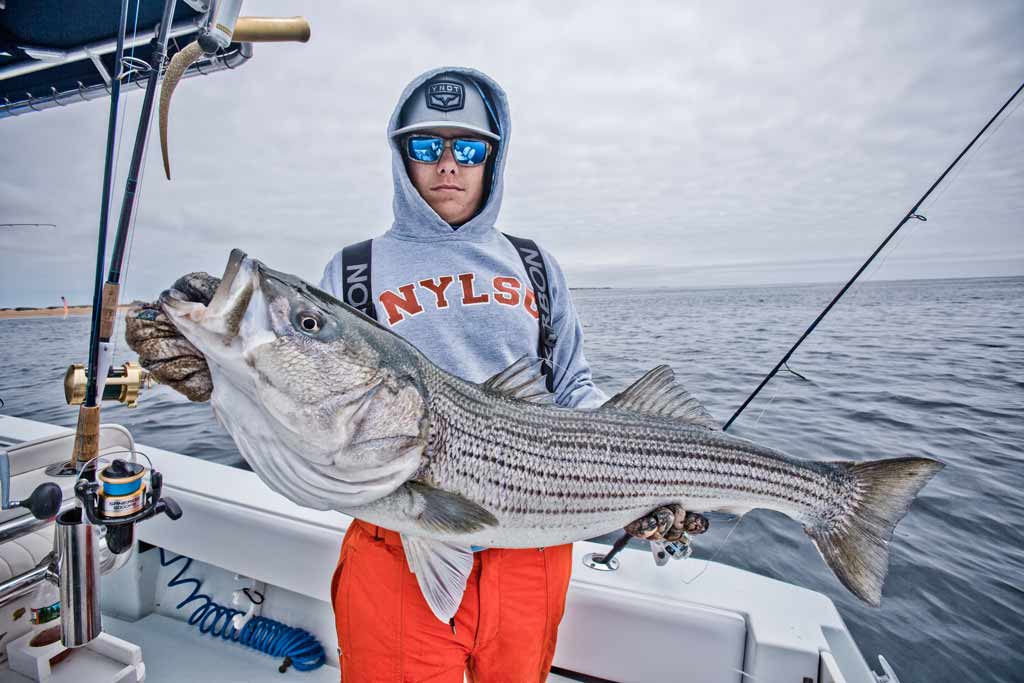
Striped Bass have all the makings of a great game fish. They’re tremendous fighters, they’re tasty, and they can grow to be quite big. They weigh 15–25 pounds on average, though there are “Cows” twice that size swimming around Boston. Bigger Stripers are usually females, so be sure to handle them carefully. And bear in mind that you’re only allowed to keep one Bass per person.
The first thing you’ll figure out about Striped Bass is that they love to eat and they’re very aggressive. They hunt in shallower waters, around structures like rocks, ledges, rocky shorelines, and estuaries. This means you can find them relatively easily. You’ll want to use a variety of live bait and artificials to get their attention. Live eel, pogies, manhaden, and mackerel are all good choices for bait. Lures that work include a variety of jigs, tubes, and plugs.
Haddock
Fishing in Boston is synonymous with fantastic bottom fishing, and Haddock is here to prove the point. There’s a lot of these fellas swimming around in the deep waters, and they’re often a substitute for Cod, which are more strictly regulated. The season for Haddock is April–December, though the opener can vary from year to year.
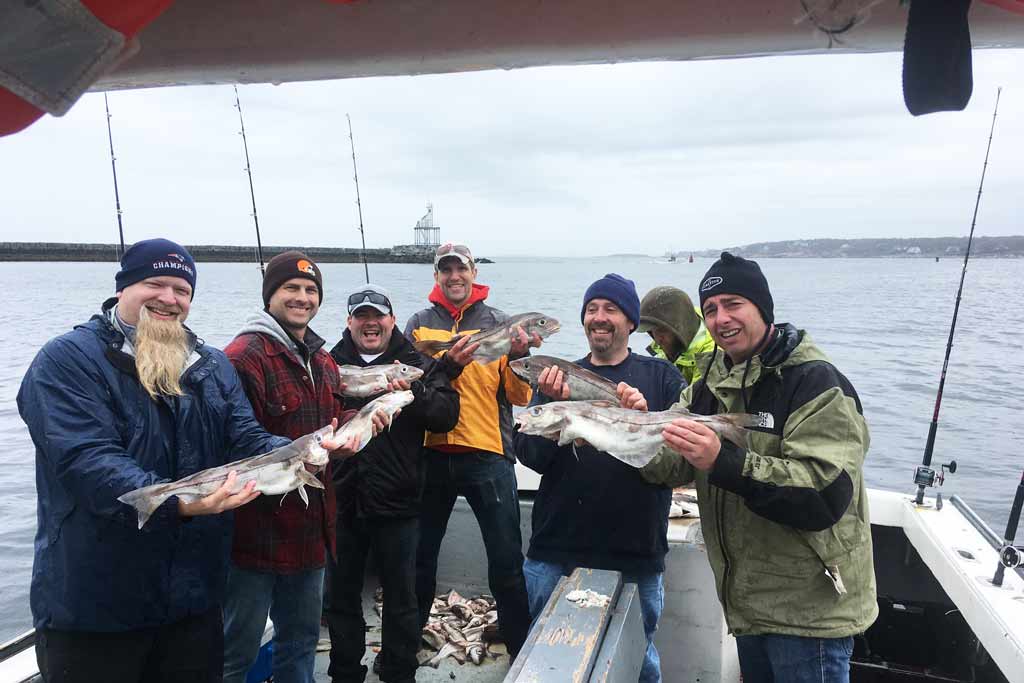
Where you find one Haddock, you’ll find many, this is the rule to live by. These fish prefer to live and feed in waters that are around 200 feet deep, but they move closer to shore in spring. This means that, while you can mostly target them on longer trips around the Stellwagen Bank, in spring, you can hook into a Haddock in Massachusetts Bay. They usually weigh around 10 pounds, but you can find big ‘uns out there too.
Another great thing about these fish is that they’re delicious, which is why fishermen love them. And once you find a school, there’s a good chance you’ll have double hookups, which is always a dream-come-true scenario. Haddock respond well to clams, sea worms, and mackerel strips, so that’s the way to go for live bait lovers. On the artificial side of things, you can’t go wrong with jigs and teasers, which are irresistible to Haddock.
Cod
Cod hold a special place in the hearts of Bostonians. These fish have been incredibly important throughout the history of Massachusetts, and there’s even a huge carving of a Cod in the state house to prove it! These fish are the most beloved of all, but this has unfortunately caused them to be overfished.
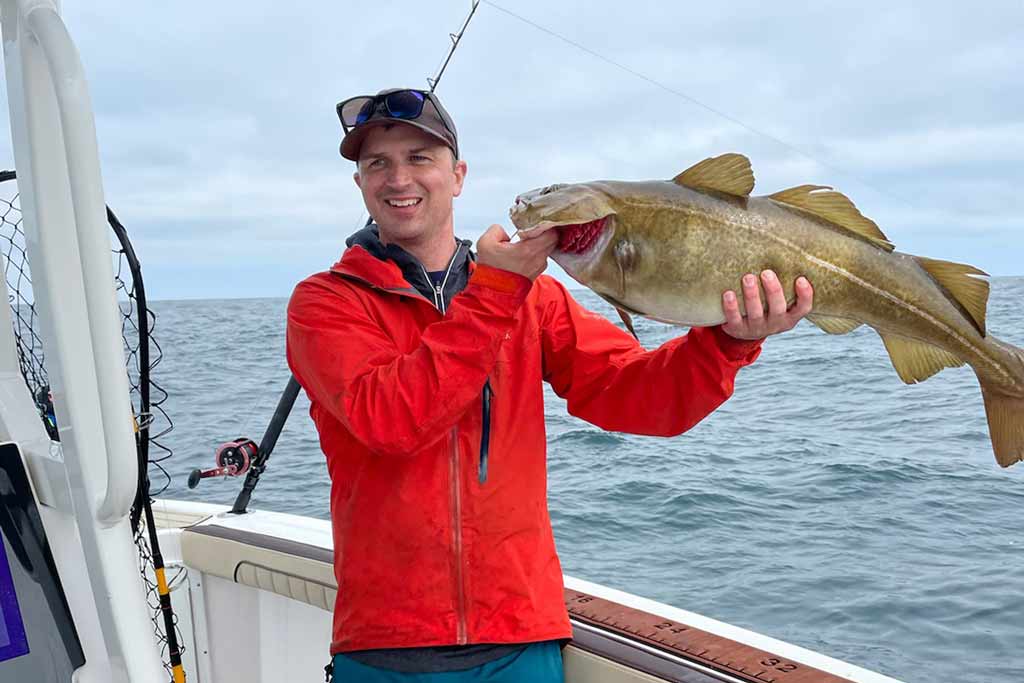
Nowadays, there are strict regulations to keep the Cod fisheries in check and recovering. In Boston, you can fish for Cod in the first two weeks of April, after which the season closes until September. There’s usually another open season in September and October, though the dates change regularly. For the rest of the year, all the Cod you catch must be safely released.
In shallower waters (around 200–300 feet) they average between 5–10 pounds, and the further offshore you go, the bigger they get. As the depth increases, so do the weight and length of Cod, and they can reach well over 20 pounds. Closer to land, you’ll get one to bite with shellfish and mackerel, while bigger specimens will go after the same, along with capelin. Cod also don’t mind eating their own younglings, so that can be used as bait too.
Bluefish
When it comes to Bluefish, opinions are divided. Some anglers love catching them because they’re merciless fighters, while others find them a nuisance. The reason for this is Bluefish’s immense appetite, which makes them gobble down bait meant for other fish. Still, when you’re fishing in Boston, chances are you’ll stumble into a fight with one of these bad boys.
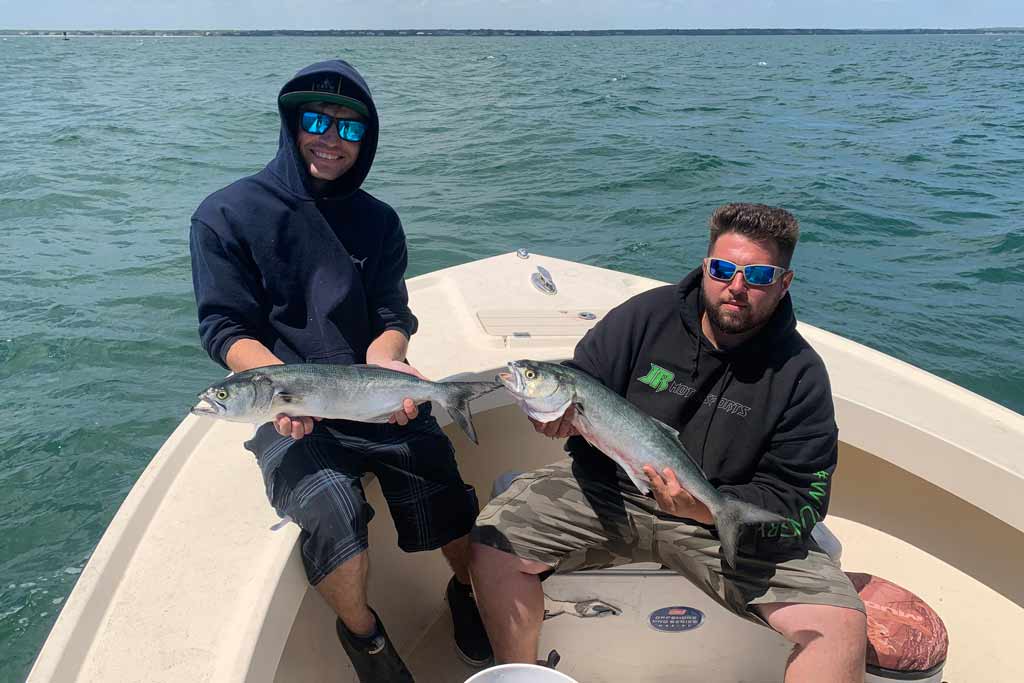
Bluefish are on the menu year-round, but the optimal time to target them is in summer. These pelagics usually grow to be up to 15 pounds, and you’ll find them hunting a few miles from land. You can also fish for juveniles from the shore. Younger fish sometimes feed close to the bay and the harbor, but adult Blues prefer open waters.
Battling and landing a Bluefish isn’t for the fainthearted. These fish jump around wildly and will not let you reel them in easily. They should be gaffed before you get them into the boat and even then, keep your fingers away from their razor-sharp teeth – they’re not called “snappers” for nothing! Use jigs, spinners, and spoons to get them to bite, and don’t forget a strong wire leader to avoid them chewing themselves free.
Bluefin Tuna
If you’re up for the ultimate angling experience in this part of the world, then Atlantic Bluefin Tuna is the way to go. These guys need no introduction – they’re the biggest, baddest fish around and everyone wants a piece of them. They show up in the bluewater some 15–30 miles offshore in early summer. The most productive time to chase them is from late June to November.
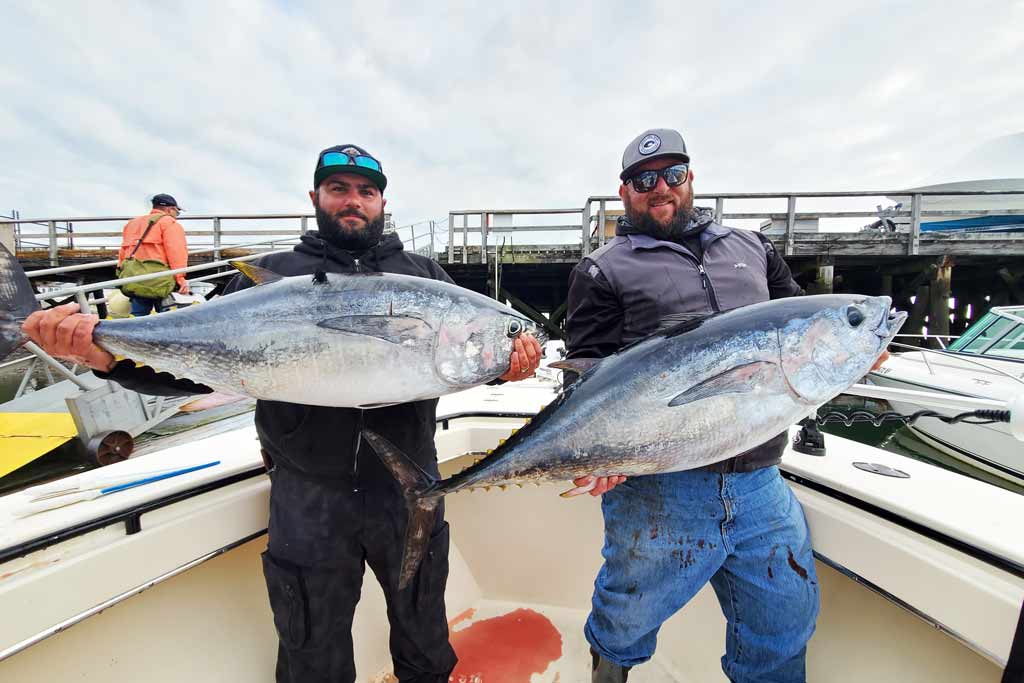
Targeting Bluefin Tuna requires time, skill, strength, and patience. Their size can vary a lot, so your catch can weigh anywhere from 30–1,000 pounds – and more! There’s a rule that if the Tuna is under 73 inches, you get to keep it, but if it’s bigger than that, it belongs to the crew. Whatever the size of your prey, one thing’s for sure – when you’ve got a Bluefin on the line, you’re in for the battle of your life.
The first thing you need to prepare for when booking a Tuna fishing trip is how far you’ll need to go. While they can come closer to land, Bluefins feed around deep water banks, canyons, and ledges. You want to use freshly cut bait when trolling, like mackerel, squid, and herring. You can also try chumming close to Tuna pods to get their attention and cause a frenzy. Then prepare to reel as if your life depends on it.
And more…
Of course, that’s not all. Fishing in Boston is diverse and there are loads of fish for you to get, whether you’re fishing from land or from a boat. First in line is probably Flounder, an all-time-favorite Flatfish in these parts. Scup, Black Seabass, Atlantic Mackerel, and Pollock are also all fun to catch, and for a change of pace, you can try setting traps for Lobster when they’re in season.
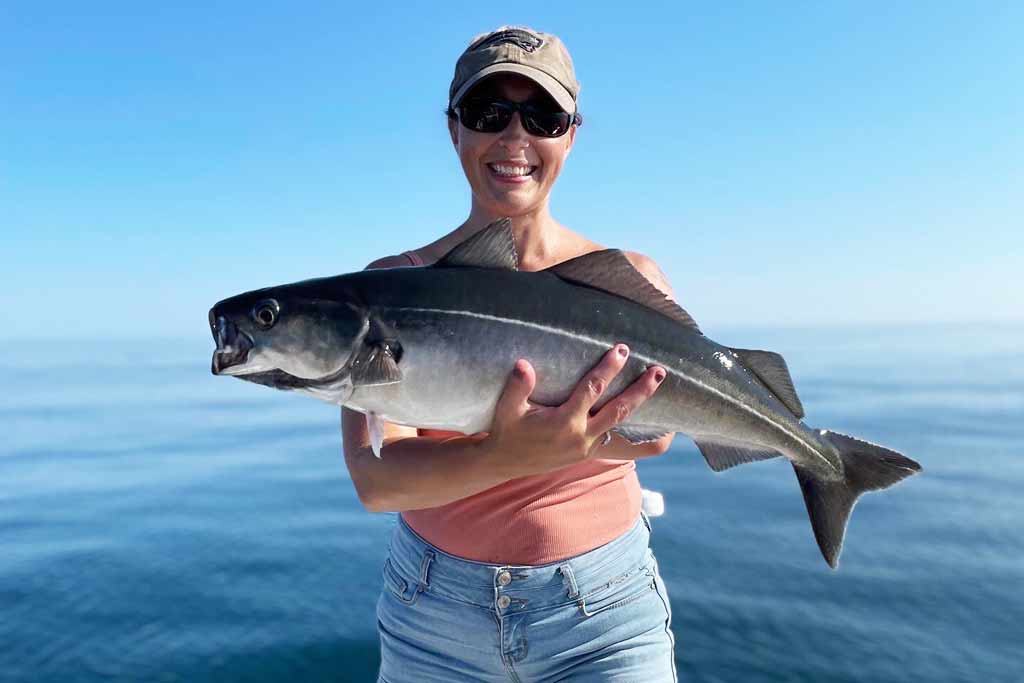
Sharks have a special place in Boston fisheries. There are a lot of them offshore and they can weigh several hundred pounds and be over 10 feet long. Mako, Blue, Thresher, and Porbeagle Sharks are most commonly found in this part of the ocean, each more aggressive than the last. This makes them exciting prey. Just make sure to approach them with caution and respect.
How to fish in Boston?
If you’re coming to Boston to enjoy the city’s vibe and test just how good the bite can be, there are many ways to do it. How and when you cast a line depends on your preferences and skill levels. That’s why we’re here to help you. Here are some of the most common and productive ways to go fishing in Boston.
Shore Fishing in Boston

If you plan on fishing from land, you’re in for a treat. Boston Harbor is as big as its fishing opportunities, and you can spend days discovering all its hotspots. In the mood for freshwater action? No problem! Head to the Charles River for a variety of catches or to one of the nearby watersheds like Brookline Reservoir, Jamaica Pond, or Chestnut Hill Reservoir.
The Harbor in itself is a famed fishing spot, with a lot of popular species on the menu. Striped Bass is the number one choice for some, but that’s just to get you started. Flounder, Bluefish, Atlantic Mackerel, and Sunfish could all bite, depending on the time of the year.
On the freshwater side of things, the Charles River boasts an underrated fishery for Catfish, Bass, Carp, and Crappie, to name a few. The same goes for nearby reservoirs that allow fishing. Basically, you’ll be spoiled for choice.
Charter Fishing in Boston
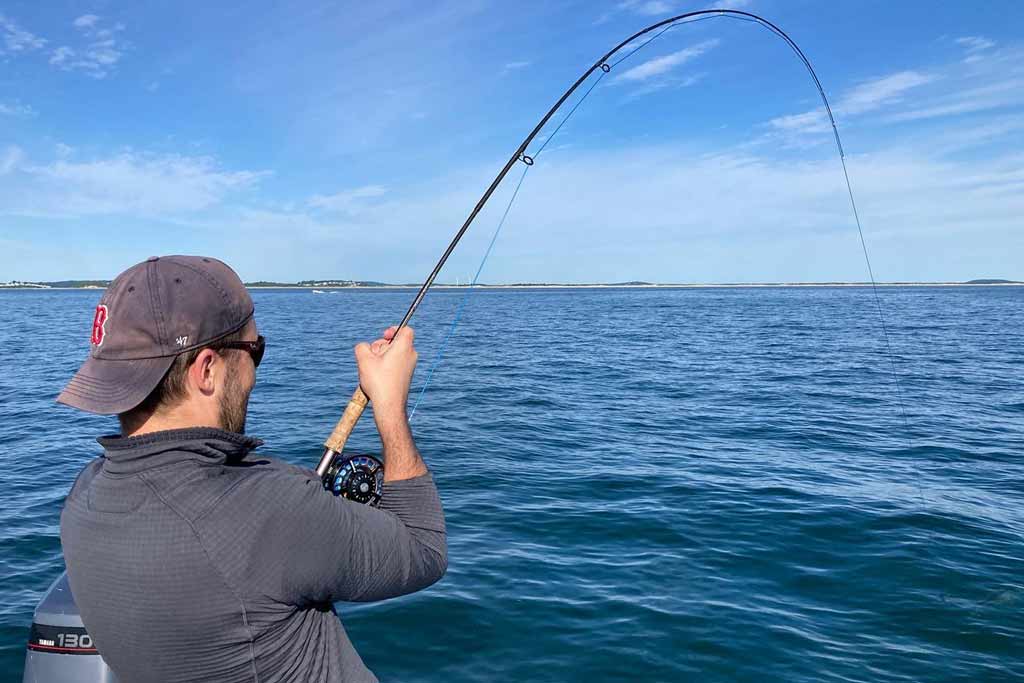
When you’ve got fishing this good, you better believe there are professional anglers who make it their mission to put you on the bite. There’s no shortage of charter guides in Boston’s metropolitan area, and no matter your level of experience, you’ll find a captain who can show you a good time.
There are usually different types of trips on offer. Half day options usually last about five hours, and they’ll take you to the best inshore and nearshore spots. Full day trips can take you further out and put you on Bluefin Tuna and giant Cod and Haddock. These offshore charters are a very popular choice. There are also expeditions that last more than 10 hours and take you up to 30 miles from land, where trophy Tuna roam. So, where do you want to start?
Fly Fishing in Boston
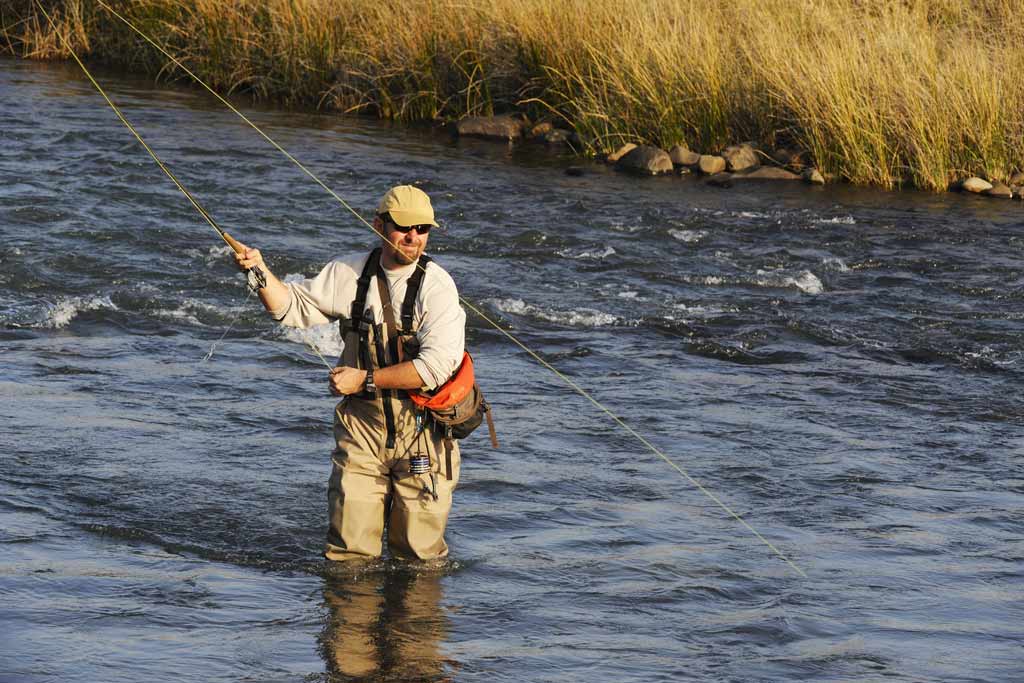
Strong fly fishing potential doesn’t have to be limited to fast-flowing rivers somewhere deep in the wilderness. There’s plenty for passionate fly fishing enthusiasts to do in Boston, as long as they know where to go.
The first stop should be the Harbor and its surrounding islands. Here, there’s room for fly anglers to enjoy themselves while fishing for Stripers and hard-fighting Bluefish. You’ll have just as much fun on the Charles River, only here you’ll target Largemouth Bass and Panfish. Some streams around Boston hold Brook Trout, in case you’d like to raise your stakes. The best time to go fly fishing in Boston is in late spring or summer, when the weather and the bite are on your side.
Where to fish in Boston?
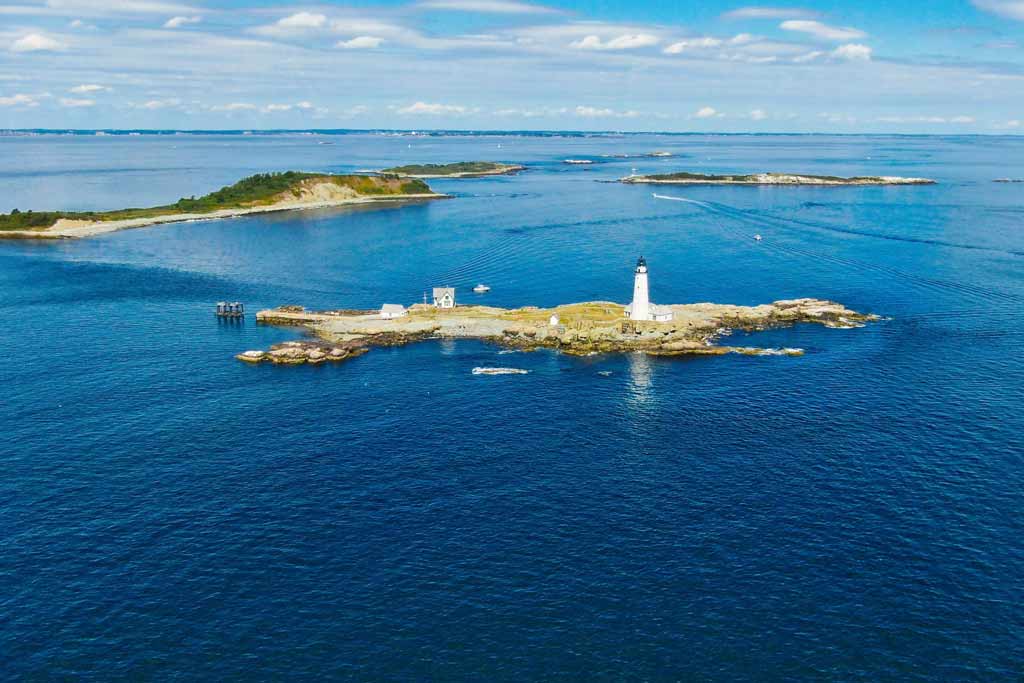
You might now think, “That’s all well and good, but where should I go to catch some fish?” We’ve got the answer for you, whether you want to fish from shore or explore the ocean’s depths.
- Boston Harbor: Of course, we’re starting here. There’s hardly a better place in all of Boston where great action is so easy to reach, and there’s so much to catch, too. Think Striped Bass, Flounder, Bluefish, and the list goes on.
- Massachusetts Bay: If you’d like to explore the nearshore opportunities, the bay is the place to be. You’ll find Cow Stripers in these waters, and bottom fishing for Cod, Black Seabass, and Flounder is also great.
- Stellwagen Bank: This is probably one of the most popular spots in the whole of Massachusetts. Stellwagen is the playground of Bluefin Tuna and many anglers who pursue it. It’s productive, but also busy.
- Ocean Ledges: If you don’t mind a longer boat ride, head to the deepwater ledges. The trip will pay off because this is the realm of the giants. Think massive Bluefins, many many Sharks, and fantastic bottom fishing.
- Charles River: This one is for our river anglers who prefer staying close to land. Bass are favorites in this brackish river, but you’ll find some good Carp and Catfish as well.
Boston Fishing Regulations

Massachusetts’ fisheries are protected and treasured, so you want to make sure you know the rules before you cast your lines. Some species like Cod have strict seasons, while others like Bluefish are always available.
Fishing licenses are usually covered by your charter guide, so you don’t have to worry about them. If you’re fishing solo, you’ll need either a Saltwater Fishing Permit or a Freshwater Fishing License, depending on where you’re going. Be sure to know the daily creel limits and minimum sizes before you start fishing, that way you’ll know exactly what you can and can’t keep.
Fishing in Boston – A Whole New Level of Urban Fishing
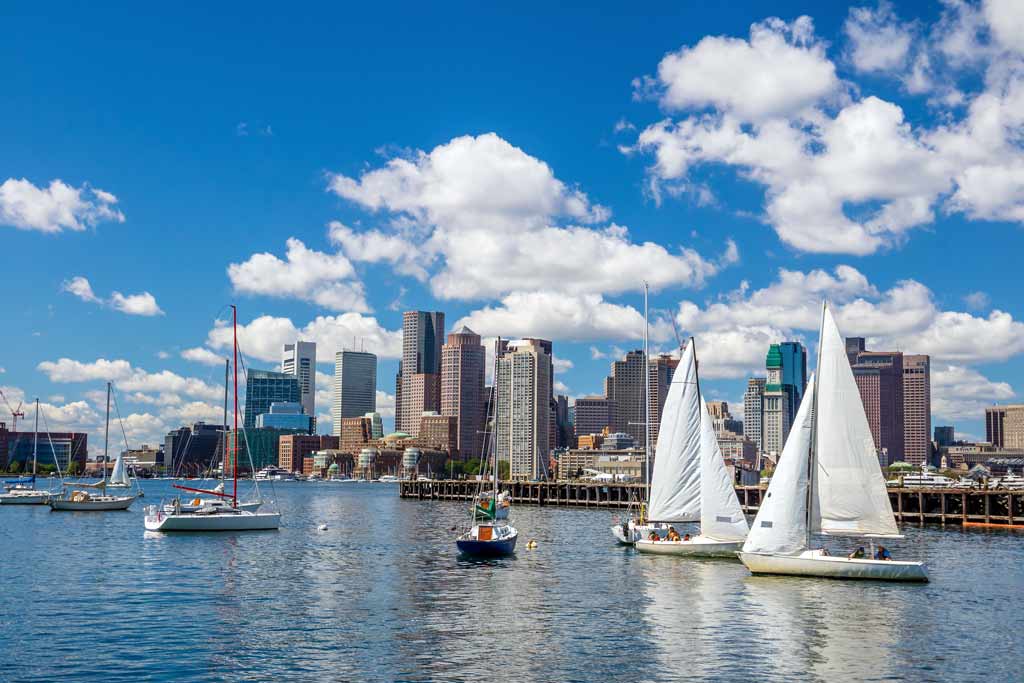
There are so many fun things to do and see in Boston and, from everything you’ve read, you know that fishing is on the list. There’s a bit of something for every angler here, from relaxing river fishing to adrenaline-pumping Tuna hunts. Take your pick and pack your gear – fishing in Boston awaits!
Have you ever been fishing in Boston? What are your experiences? Do you have any tips for your fellow anglers? Share your stories in the comments below.
The post Fishing in Boston: The Complete Guide appeared first on FishingBooker Blog.
https://ift.tt/9VbNlCr
0 Comments
Enregistrer un commentaire